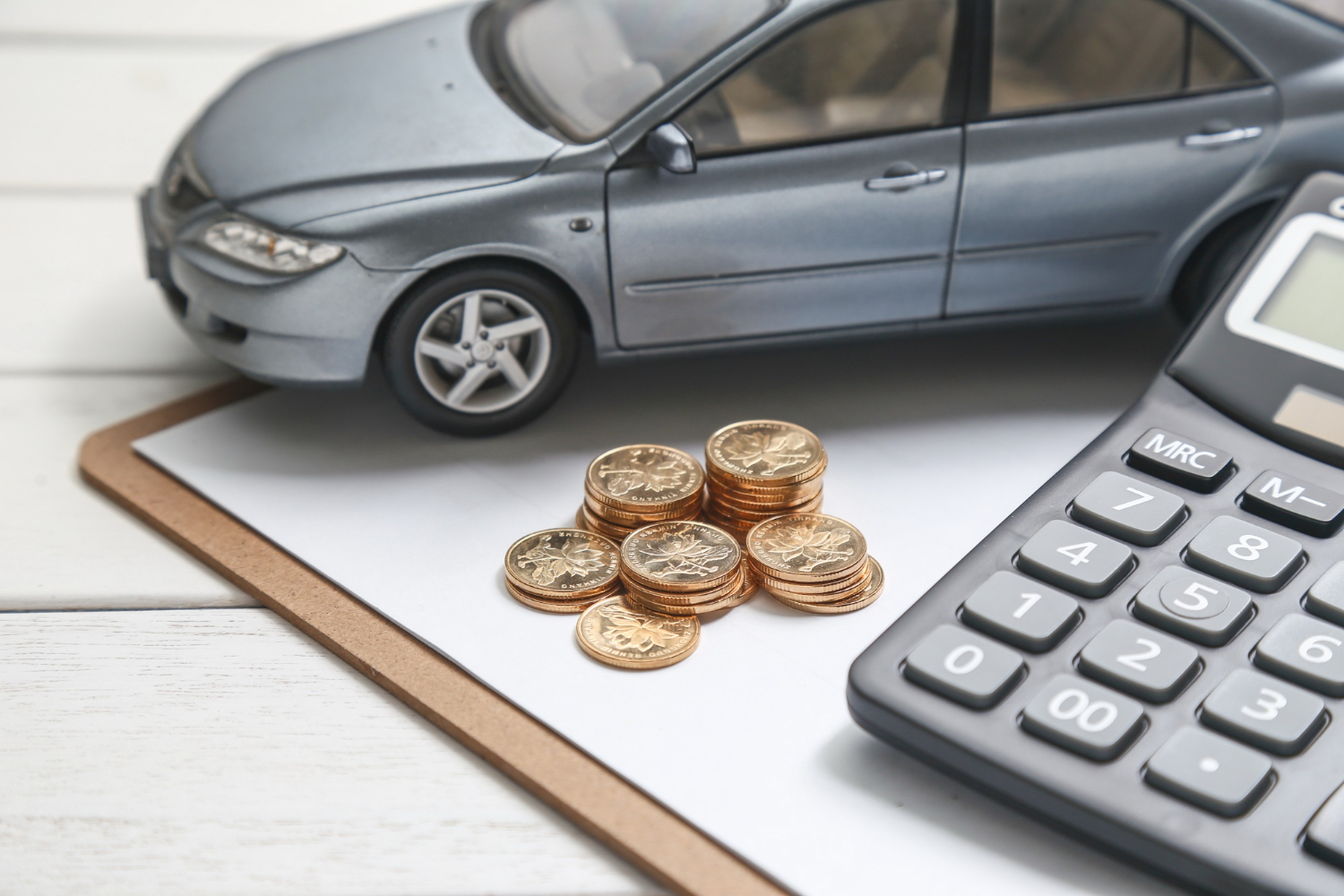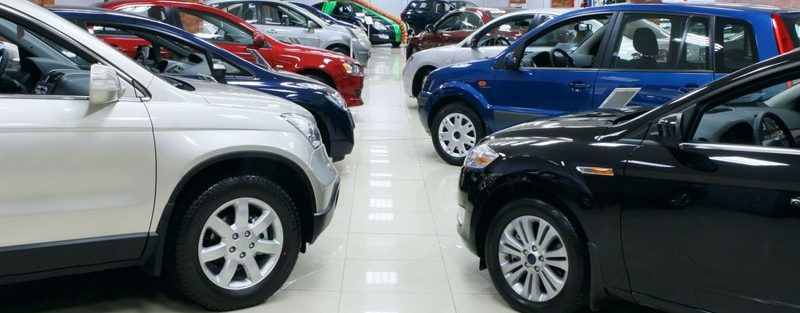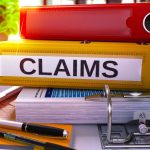
If you are thinking about purchasing a company car through a limited company, there are many issues that need to be considered. In this short article we will point out some of the main issues, but it is important to research this area and weigh up all the available options. The tax treatment of the purchase will depend on how the purchase of the company car is financed.
The purchase of a company car will be classed as a fixed asset and tax relief will be obtained by way of capital allowances. Cars do not qualify for the annual investment allowance.
The amount of capital allowances that can be claimed will fall within one of the following 3 categories:
- 100% First Year Allowance. New and unused electric or zero emission cars emission cars benefit from 100% capital allowances. This means that 100% of the cost of the car can be deducted in the first year.
- 18% of the car’s value (main rate allowances). This effectively means that 18% of the purchase price can be deducted from your profits each year before you pay tax.
- 6% of the car’s value (special rate allowances). This effectively means that 6% of the purchase price can be deducted from your profits each year before you pay tax.
The difference between the main rate and special rate allowances depends on when the car was bought and its CO2 emissions. The government continues to encourage employers to choose more fuel-efficient vehicles by offering a tax incentive.
Claim capital allowances
1. Overview
Capital allowances are a type of tax relief for businesses. They let you deduct some or all of the value of an item from your profits before you pay tax.
You can claim capital allowances on:
- equipment
- machinery
- business vehicles, for example vans, lorries or business cars
These are known as ‘plant and machinery’.
This guide is also available in Welsh (Cymraeg).
If you’re a sole trader or partnership and have an income of £150,000 or less a year, you may be able to use a simpler system called cash basis instead.
Types of capital allowances for plant and machinery
You can claim different amounts, depending on which capital allowance you use.
The capital allowances (also known as plant and machinery allowances) are:
- annual investment allowance (AIA) – you can claim up to £1 million on certain plant and machinery
- 100% first year allowances – you can claim the full amount for certain plant and machinery in the year that it was bought
- the super-deduction or 50% special rate first year allowance – you can claim these for certain plant and machinery you buy from 1 April 2021 up to and including 31 March 2023
- writing down allowances – you can claim these if your plant and machinery does not qualify for AIA or you’ve already claimed the maximum amount
If an item qualifies for more than one capital allowance, you can choose which one to use.
Work out the value of your item
In most cases, the value is what you paid for the item. Use the market value (the amount you’d expect to sell it for) instead if:
- you owned it before you started using it in your business
- it was a gift
Other business costs
You claim for the cost of things that are not business assets in a different way. This includes:
- your business’s day-to-day running costs
- items that it’s your trade to buy and sell
- interest payments or finance costs for buying assets
Claim these costs as business expenses if you’re a sole trader or partnership, or deduct from your profits as a business cost if you’re a limited company.
Other capital allowances
As well as plant and machinery, you can also claim capital allowances for:
- renovating business premises in disadvantaged areas of the UK
- extracting minerals
- research and development
- ‘know-how’ (intellectual property about industrial techniques)
- patent rights
- dredging allowances
- structures and buildings
If you let out residential property
You can only claim for items to be used in residential property if your business qualifies as a furnished holiday lettings business. In each year the property must be:
- available for holiday letting for 210 days
- let for 105 days or more
2. What you can claim on
You can claim capital allowances on items that you keep to use in your business – these are known as ‘plant and machinery’.
In most cases you can deduct the full cost of these items from your profits before tax using annual investment allowance (AIA).
If you’re a sole trader or partnership and have an income of £150,000 or less a year, you may be able to use a simpler system called cash basis instead.
What does not count as plant and machinery
You cannot claim plant and machinery allowances on:
- things you lease (unless you have a hire purchase contract or long funding lease) – you must own them
- items used only for business entertainment, for example a yacht or karaoke machine
- land
- structures, for example bridges, roads, docks
- buildings, including doors, gates, shutters, mains water and gas systems
You may be able to claim structures and buildings allowance on structures and buildings.
What counts as plant and machinery
Plant and machinery includes:
- items that you keep to use in your business, including cars
- costs of demolishing plant and machinery
- parts of a building considered integral, known as ‘integral features’
- some fixtures, for example fitted kitchens or bathroom suites
- alterations to a building to install plant and machinery – this does not include repairs
Claim repairs as business expenses if you’re a sole trader or partnership – deduct from your profits as a business cost if you’re a limited company.
Integral features
Integral features are:
- lifts, escalators and moving walkways
- space and water heating systems
- air-conditioning and air cooling systems
- hot and cold water systems (but not toilet and kitchen facilities)
- electrical systems, including lighting systems
- external solar shading
Fixtures
You can claim for fixtures, for example:
- fitted kitchens
- bathroom suites
- fire alarm and CCTV systems
You can claim if you rent or own the building, but only the person who bought the item can claim.
When you buy a building from a previous business owner you can only claim for integral features and fixtures that they claimed for.
You must agree the value of the fixtures with the seller. If you do not you cannot claim for them. Agreeing the value also means the person selling the assets can account correctly for them.
If you let residential property
You can only claim for items to be used in residential property if either:
- you run a furnished holiday lettings business
- the item is to be used in the common parts of a residential building, for example a table in the hallway of a block of flats
Care workers
There are special rules if you run a care business.
3. Annual investment allowance
You can deduct the full value of an item that qualifies for annual investment allowance (AIA) from your profits before tax.
If you sell the item after claiming AIA you may need to pay tax.
What you can claim on
You can claim AIA on most plant and machinery up to the AIA amount.
What you cannot claim on
You cannot claim AIA on:
- business cars
- items you owned for another reason before you started using them in your business
- items given to you or your business
Claim writing down allowances instead.
The AIA amount
The AIA amount is £1 million.
Changes to the AIA
The AIA amount has changed several times since April 2008.
If the AIA changed in the period you’re claiming for, you need to adjust the amount you claim.
| AIA | Sole traders/partnerships | Limited companies |
|---|---|---|
| £1 million | From 1 January 2019 | From 1 January 2019 |
| £200,000 | 1 January 2016 – 31 December 2018 | 1 January 2016 – 31 December 2018 |
| £500,000 | 6 April 2014 – 31 December 2015 | 1 April 2014 – 31 December 2015 |
| £250,000 | 1 January 2013 – 5 April 2014 | 1 January 2013 – 31 March 2014 |
| £25,000 | 6 April 2012 – 31 December 2012 | 1 April 2012 – 31 December 2012 |
| £100,000 | 6 April 2010 – 5 April 2012 | 1 April 2010 – 31 March 2012 |
| £50,000 | 6 April 2008 – 5 April 2010 | 1 April 2008 – 31 March 2010 |
You get a new allowance for each accounting period.
If your accounting period is more or less than 12 months
Adjust your AIA if your accounting period is more or less than 12 months.
For example
If your accounting period is 9 months, the AIA will be 9/12 x £1,000,000 = £750,000.
You may also need to adjust the amount you claim if the AIA changed in that time.
The rules are different if your accounting period is longer than 18 months or you have a gap or overlap between accounting periods.
When you can claim
You can only claim AIA in the period you bought the item.
The date you bought it is:
- when you signed the contract, if payment is due within less than 4 months
- when payment’s due, if it’s due more than 4 months later
If you buy something under a hire purchase contract you can claim for the payments you have not yet made when you start using the item. You cannot claim on the interest payments or charges.
If your business closes, you cannot claim AIA for items bought in the final accounting period. Instead, you need to enter a balancing charge or a balancing allowance on your tax return for the year you close your business. Read more about how to claim capital allowances.
If you do not want to claim the full cost
If you do not want to claim the full cost, for example you have low profits, you can claim:
- writing down allowances instead
- part of the cost as AIA and part as writing down allowances
Items you also use outside your business
You cannot claim the full value of items you also use outside your business if you’re a sole trader or partnership. Reduce the capital allowances you claim by the amount you use the asset outside your business.
For example
You buy a laptop for £600. You use it outside your business for half of the time. The amount of capital allowances you can claim is reduced by 50%.
If you spend more than the AIA amount
Claim writing down allowances on any amount above the AIA. If a single item takes you above the AIA amount you can split the value between the types of allowance.
Mixed partnerships
AIA is only available for partnerships where all the members are individuals.
More than one business or trade
If you’re a sole trader or a partnership and you have more than one business or trade, each business usually gets an AIA.
You only get one AIA if the businesses are both:
- controlled by the same person
- in the same premises or have similar activities
If 2 or more limited companies are controlled by the same person they only get one AIA between them. They can choose how to share the AIA.
How to claim
Claim on your tax return. Read more about how to claim capital allowances.
4. 100% first year allowances
If you buy an asset that qualifies for 100% first year allowances you can deduct the full cost from your profits before tax.
You can claim 100% first year allowances in addition to annual investment allowance (AIA), as long as you do not claim both for the same expenditure.
What qualifies
You can claim ‘enhanced capital allowances’ (a type of 100% first year allowance) for the following equipment, which must be new and unused:
- electric cars and cars with zero CO2 emissions
- plant and machinery for gas refuelling stations, for example storage tanks, pumps
- gas, biogas and hydrogen refuelling equipment
- zero-emission goods vehicles
- equipment for electric vehicle charging points
- plant and machinery for use in a freeport tax site, if you’re a company
You cannot normally claim on items your business buys to lease to other people or for use within a home you let out.
How to claim
Claim on your tax return.
If you do not claim all the 100% first year allowances you’re entitled to, you can claim the part of the cost you have not claimed using writing down allowances.
5. The super-deduction and 50% special rate first year allowance
There are 2 types of temporary first year allowances:
- the super-deduction
- 50% special rate first year allowance (also known as SR allowance)
You can claim them both against the cost of certain plant and machinery you buy for your business from 1 April 2021 up to and including 31 March 2023.
To claim either allowance, the plant and machinery must be new and unused.
Only companies can claim these allowances.
What you can get
The super-deduction lets you deduct up to 130% of the cost from your profits before tax.
50% special rate first year allowance lets you deduct 50% of the cost from your profits before tax.
Check if you can claim
Check if you can claim the super-deduction or 50% special rate first year allowance. You can also find out how to claim.
6. Business cars
You can claim capital allowances on cars you buy and use in your business. This means you can deduct part of the value from your profits before you pay tax.
Use writing down allowances to work out what you can claim.
There’s a different way to work out what you can claim if the car qualifies for the 100% first year allowance – for example, if it’s an electric car or a car with zero CO2 emissions.
Cars do not qualify for annual investment allowance.
Sole traders and partnerships
You can claim simplified mileage expenses on business vehicles instead, if you’re either:
- a sole trader
- a partnership that has no company partners
You cannot claim simplified mileage expenses if you’ve already claimed for the vehicles in another way.
Employees
If you’re an employee you cannot claim capital allowances for cars, motorbikes and bicycles you use for work, but you may be able to claim for business mileage and fuel costs.
What counts as a car
For capital allowances a car is a type of vehicle that:
- is suitable for private use – this includes motorhomes
- most people use privately
- was not built for transporting goods
What does not count
Because they do not count as cars you can claim annual investment allowance on:
- motorcycles – apart from those bought before 6 April 2009
- lorries, vans and trucks
Rates for cars
You can claim one of the following:
- the full value of the car as 100% first year allowances
- 18% of the car’s value (main rate allowances)
- 6% of the car’s value (special rate allowances)
Read more about main and special rate allowances pools.
Which rate you can claim depends on when you bought the car and its CO2 emissions.
Check your car’s CO2 emissions.
Main and special rates apply from 1 April for businesses that pay Corporation Tax, and 6 April for businesses that pay Income Tax. The 100% first year allowances rate applies from 1 April for all businesses.
Cars bought from April 2021
| Description of car | What you can claim |
|---|---|
| New and unused, CO2 emissions are 0g/km (or car is electric) | 100% first year allowances |
| Second hand electric car | Main rate allowances |
| New or second hand, CO2 emissions are 50g/km or less | Main rate allowances |
| New or second hand, CO2 emissions are over 50g/km | Special rate allowances |
Cars bought between April 2018 and April 2021
| Description of car | What you can claim |
|---|---|
| New and unused, CO2 emissions are 50g/km or less (or car is electric) | 100% first year allowances |
| Second hand electric car | Main rate allowances |
| New or second hand, CO2 emissions are 110g/km or less | Main rate allowances |
| New or second hand, CO2 emissions are over 110g/km | Special rate allowances |
Cars bought between April 2015 and April 2018
| Description of car | What you can claim |
|---|---|
| New and unused, CO2 emissions are 75g/km or less (or car is electric) | 100% first year allowances |
| Second hand electric car | Main rate allowances |
| New or second hand, CO2 emissions are 130g/km or less | Main rate allowances |
| New or second hand, CO2 emissions are over 130g/km | Special rate allowances |
Cars bought between April 2013 and April 2015
| Description of car | What you can claim |
|---|---|
| New and unused, CO2 emissions are 95g/km or less (or car is electric) | 100% first year allowances |
| Second hand electric car | Main rate allowances |
| New or second hand, CO2 emissions are 130g/km or less | Main rate allowances |
| New or second hand, CO2 emissions are over 130g/km | Special rate allowances |
Cars bought between April 2009 and April 2013
| Description of car | What you can claim |
|---|---|
| New and unused, CO2 emissions are 110g/km or less (or car is electric) | 100% first year allowances |
| New or second hand, CO2 emissions are 160g/km or less | Main rate allowances |
| Second hand electric car | Main rate allowances |
| New or second hand, CO2 emissions are over 160g/km | Special rate allowances |
Cars bought before April 2009
Move the balance of any cars bought before April 2009 to your main rate allowances pool when you work out how much you can claim.
If your car does not have an emissions figure:
- use the special rate
- use the main rate if it was registered before 1 March 2001
Using cars outside your business
If you’re a sole trader or partnership and you also use your car outside your business, work out what you can claim based on the amount of business use.
If your business provides a car for an employee or director you can claim capital allowances on the full cost. You may need to tell HMRC the car is a company benefit if they use it personally.
7. How to claim
Claim capital allowances on your:
- Self Assessment tax return if you’re a sole trader
- partnership tax return if you’re a partnership
- Company Tax Return if you’re a limited company – you must include a separate capital allowances calculation
Employees must claim in a different way.
If you used writing down allowances, you’ll need to work out how much you can claim based on the pool your item is in.
The amount you can claim is deducted from your profits.
When you can claim
You must claim in the accounting period you bought the item if you want to claim:
- annual investment allowance
- 100% first year allowances
- super-deduction or special rate first year allowance
If you do not want to claim the full value you can claim part of it using writing down allowances. You can do this at any time as long as you still own the item.
When you bought it
The date you bought it is:
- when you signed the contract, if payment is due within less than 4 months
- when payment’s due, if it’s due more than 4 months later
If you buy something under a hire purchase contract you can claim for the payments you have not made yet when you start using the item. You cannot claim on the interest payments.



